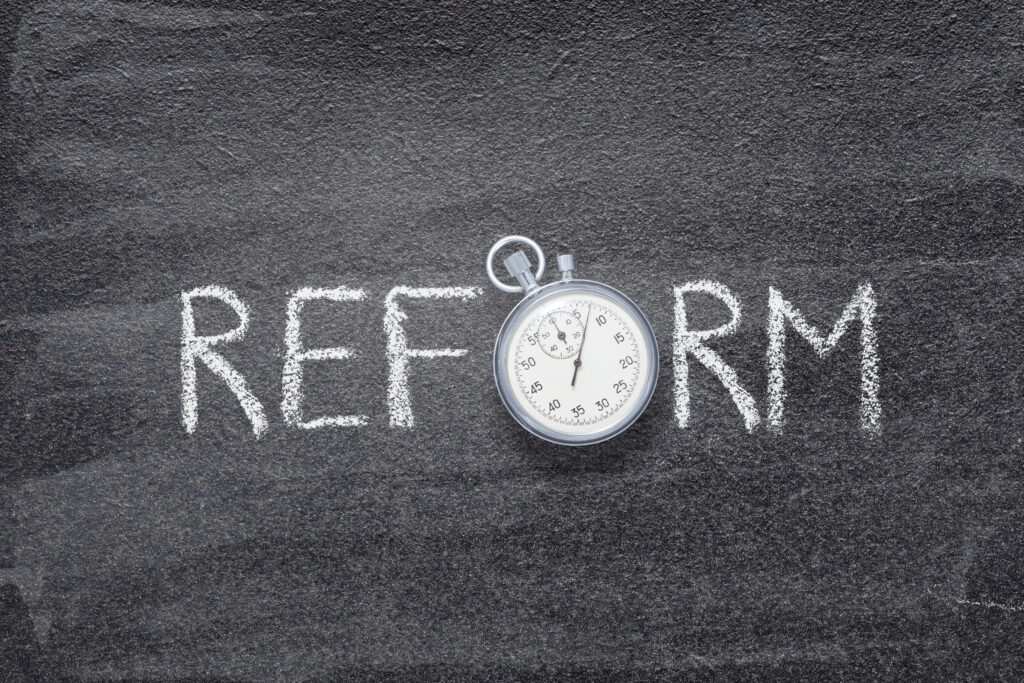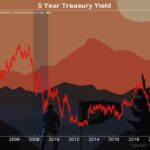Interest Payments and the Debt Crisis
In the WSJ, James Freeman quotes House Budget Chairman Jodey Arrington (R., Texas), as well as the Penn Wharton Budget Model:
Interest payments are the fastest growing expenditure in the federal budget, reaching almost 3/4 of a trillion dollars last year and projected to be $1 trillion next year.
No responsible leader can look at the rapid deterioration of our balance sheet, [Congressional Budget Office] projections of unsustainable debt and deficit spending, and our long-term unfunded liabilities and not feel compelled to intervene, change course, and prevent a sovereign debt crisis before it’s too late.
The Penn Wharton Budget Model reported last month:
We estimate that the U.S. debt held by the public cannot exceed about 200 percent of GDP even under today’s generally favorable market conditions… Under current policy, the United States has about 20 years for corrective action after which no amount of future tax increases or spending cuts could avoid the government defaulting on its debt whether explicitly or implicitly (i.e., debt monetization producing significant inflation).
Unlike technical defaults where payments are merely delayed, this default would be much larger and would reverberate across the U.S. and world economies.
This time frame is the “best case” scenario for the United States, under markets conditions where participants believe that corrective fiscal actions will happen ahead of time. If, instead, they started to believe otherwise, debt dynamics would make the time window for corrective action even shorter.
The Democrat’s Ox is being gored. Here’s to an awakening of the American voter.






